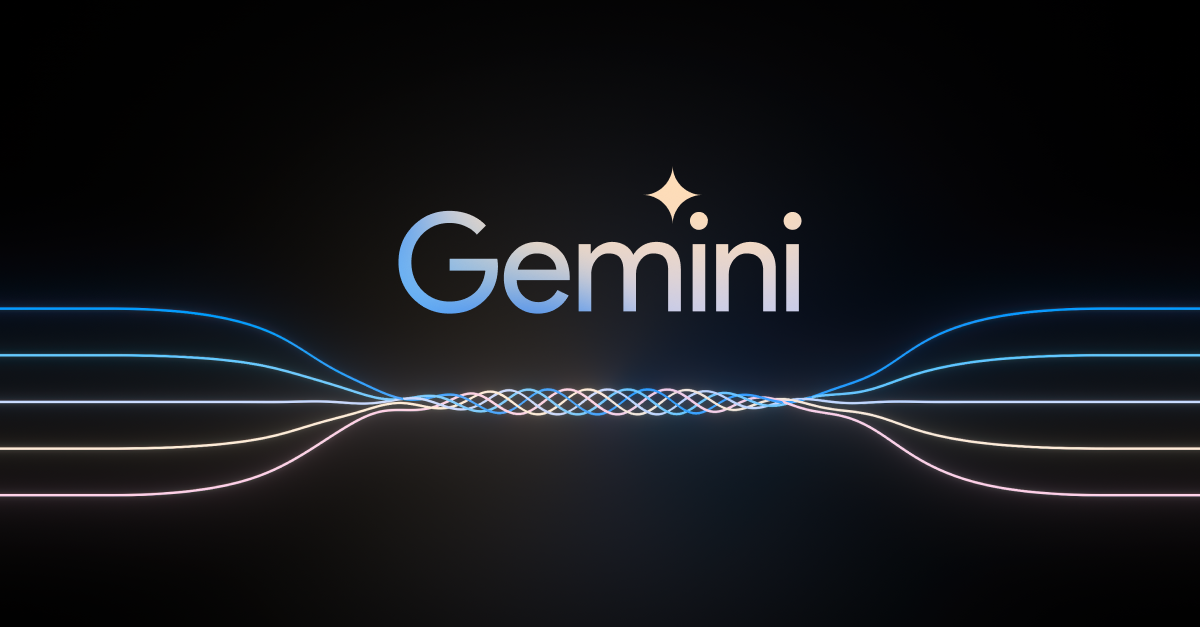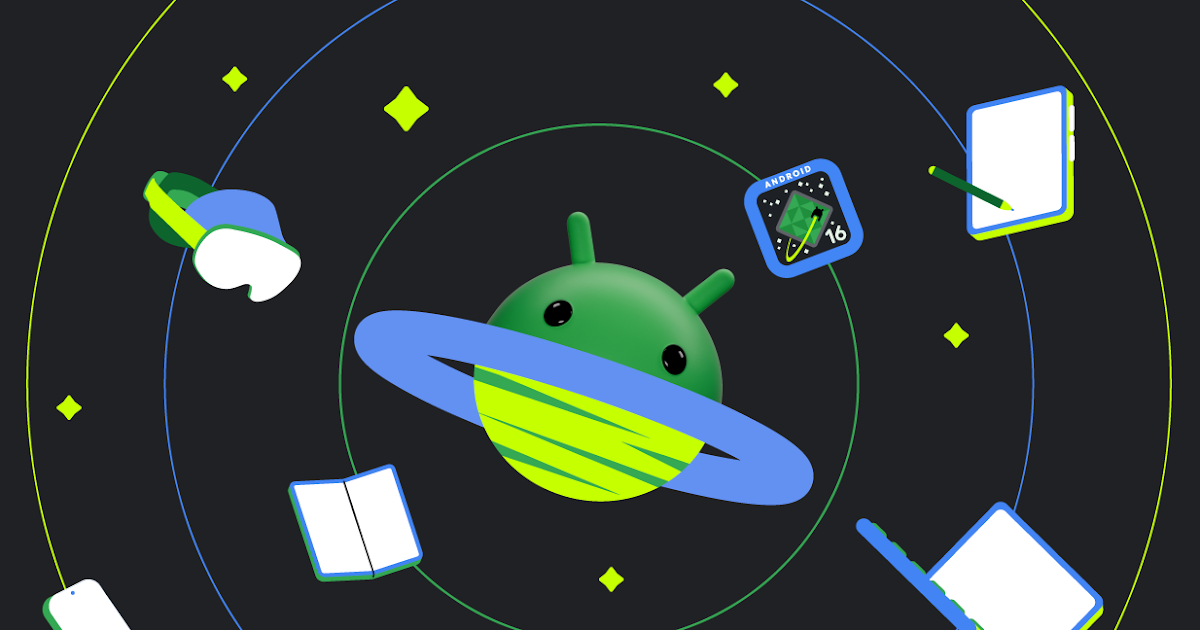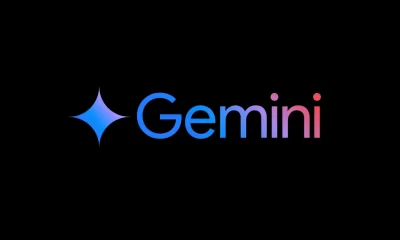Google’s AI overviews get a Gemini makeover

For years, search engines have been our digital oracles, swiftly delivering information with a simple keyword entry. But the landscape of search is evolving, driven by the rapid advancements in artificial intelligence. Google, a pioneer in search technology, is at the forefront of this transformation, and recent developments suggest a significant shift is on the horizon. Hints of this change are appearing in early testing phases, revealing a redesigned experience for AI Overviews, powered by the cutting-edge Gemini AI model.
The current iteration of AI Overviews offers a glimpse into the future of search, providing concise summaries of information directly within the search results. This saves users valuable time and effort by condensing relevant information into easily digestible snippets. However, Google isn’t content with the status quo. They’re pushing the boundaries of what’s possible, and the latest tests point towards a more immersive and dynamic search experience.
One of the most noticeable changes is a completely revamped loading animation. The familiar “Searching…” and “Generating…” messages, accompanied by simple blue lines, are being replaced with a more visually engaging sequence. The new animation immediately displays “Generating…” in the top-left corner, followed by “Looking this up” and then “Putting it all together,” appearing lower on the page.
This isn’t just a cosmetic upgrade. A pulsating blue and purple spotlight effect illuminates the rectangular container housing the AI Overview. This vibrant visual cue directly links the feature to Gemini, Google’s latest and most advanced AI model. This same distinctive glow is also visible around the Gemini overlay on Android devices and within Gemini Live, creating a cohesive visual identity across platforms.
Adding to the sense of innovation, “Generative AI is experimental” appears at the top of the AI Overview. This harkens back to the initial launch of AI Overviews, acknowledging this groundbreaking technology’s ongoing development and refinement. It also serves as a gentle reminder that while the technology is incredibly powerful, it’s still in its formative stages.
This visual overhaul isn’t the only change brewing. The timing of this new animation coincides with the ongoing testing of Gemini 2.0 within AI Overviews. This suggests a deeper integration between the visual experience and the underlying AI technology. Google has previously announced that Gemini 2.0 brings “advanced reasoning capabilities” to the table. This upgrade promises to empower AI Overviews to handle more complex queries, including multi-step questions, advanced mathematical equations, multimodal searches (combining text, images, and other media), and even coding-related inquiries.
The implications of this upgrade are profound. Imagine asking a complex question involving multiple facets, and receiving a comprehensive, synthesized answer generated in real-time. This is the power of Gemini 2.0, and it’s poised to revolutionize how we interact with search engines. The anticipated broader rollout of this enhanced experience is expected early next year, further fueling the excitement surrounding this technological leap.
While these changes are still in the testing phase and not yet available to all users, the glimpses we’ve seen offer a tantalizing preview of the future of search. It’s a future where AI isn’t just a tool for retrieving information, but a partner in understanding and synthesizing it. Integrating Gemini with AI Overviews marks a significant step towards this future, promising a more intelligent, intuitive, and ultimately more human-centered search experience. This isn’t just about finding information; it’s about unlocking understanding. And with Gemini at the helm, the possibilities are truly limitless.
Android
Android 16 Beta 3.2: What’s new and improved

Google has just rolled out Android 16 Beta 3.2, a small update that fixes some bugs and boosts performance for testers. This version comes after Beta 3, focusing on making the system smoother and more reliable. It’s part of Google’s plan to get Android 16 ready for everyone later this year.
This update tackles a few annoying issues. It fixes a glitch that made notifications act weird, like not showing up right or disappearing too fast. It also solves a problem where apps would crash when trying to open certain files. Plus, it improves how the battery lasts by tweaking how apps use power in the background.
For people testing this beta on Pixel phones, the update is easy to grab. Just head to the settings, check for updates, and download it. It’s about 500 MB, so it won’t take long. Google says this is one of the last beta versions before the big launch, so it’s a good chance to see what’s coming. Android 16 is shaping up to be faster and more user-friendly. With these fixes, Google is working hard to make sure it runs great when it finally arrives!
Google’s new updates make life easier

Google is rolling out some cool changes to its apps! First, Google Keep now lets you turn your handwritten notes into text. Just scribble your thoughts, and the app will type them out for you—super handy for quick ideas or lists. It’s simple and saves time!
Next, Google Discover is adding a fun “Space” section. This new feature shows a slideshow of space-related stuff, like planets and stars, right on your home screen. If you love learning about the universe, this makes it easy to stay curious and explore more.
Finally, the Gemini app is getting a big upgrade with Google Photos. Now, you can ask it to find specific pictures—like “my beach trip last summer”—and it’ll dig through your photo collection to show them. It’s like having a smart helper to sort your memories!
These updates make Google apps more helpful and fun. Whether you’re jotting down notes, gazing at the stars, or finding old photos, Google’s got you covered with tools that feel easy and natural to use. What do you think—ready to try them out?
New updates for Waze and NotebookLM make life easier

Waze, the popular navigation app, just got a fresh update for Android users. With version 5.5.0.1, it now supports themed icons. This means if you’ve turned on themed icons in your Android settings, Waze’s logo will match your phone’s color style, moving away from its usual blue look.
It’s a small change, but it makes your home screen look nicer. The update doesn’t seem to add much else, focusing only on this visual tweak. Meanwhile, Google’s NotebookLM has a cool new feature called “Discover Sources.”
This tool helps you find useful web links for your research. When you click the “Discover” button in the Sources section, you can type what you’re curious about. NotebookLM then finds up to 10 relevant websites, each with a summary explaining why it fits your topic. You can pick the ones you like and add them to your project. It’s perfect for students or anyone digging into a subject. This update is rolling out soon to all users, making research simpler and faster.
-

 Apps1 year ago
Apps1 year agoGboard Proofread feature will support selected text
-

 News1 year ago
News1 year agoSamsung USA crafting One UI 6.1.1
-

 News1 year ago
News1 year agoBreaking: Samsung Galaxy S22 may get Galaxy AI features
-

 News1 year ago
News1 year agoSamsung Galaxy S23 Ultra with One UI 6.1 and all S24 AI features revealed
-

 News1 year ago
News1 year agoOne UI 6.1 Auracast (Bluetooth LE Audio) feature coming to many Samsung phones
-

 News1 year ago
News1 year agoSatellite SOS feature coming to Google Pixel phones, evidence leaked
-

 Apps10 months ago
Apps10 months agoGoogle’s fancy new Weather app is finally available for more Android phones
-

 News1 year ago
News1 year agoGoogle Pixel evolves as Europe’s third best selling flagship










